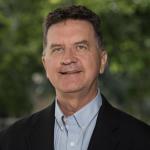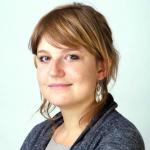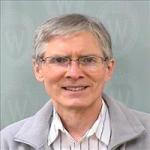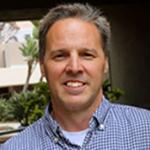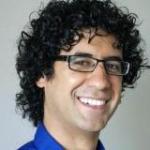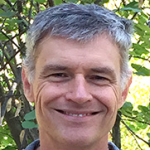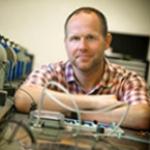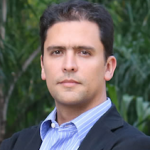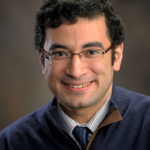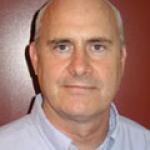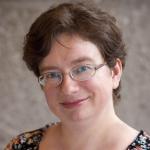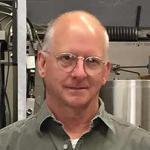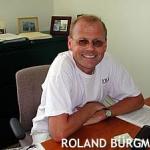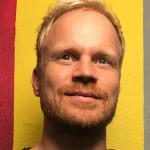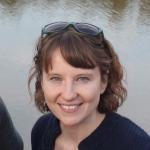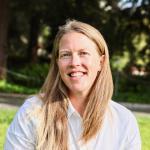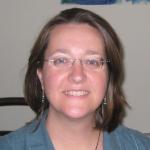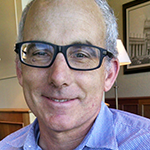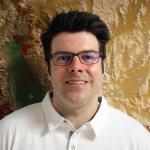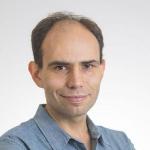|
|
|
|
| The SPC Chair and Co-Director (Greg Beroza, Stanford) and Vice Chair (Alice Gabriel, UCSD) provide leadership for the Center's annual scientific program, including the development of the SCEC annual meeting program and science plan, review all proposals submitted to SCEC, and preparation of annual reports to our agencies. Each year, the SPC Chair or Vice-Chair participates in the USGS External Research Program's southern California proposal review panel to coordinate activities between SCEC and USGS. The SPC is supported by a Managing Coordinator (Tran Huynh, USC), who manages, with input from the Directors, SPC, and sponsors, the allocation of resources for the Center's research program. |
|
| |
|

